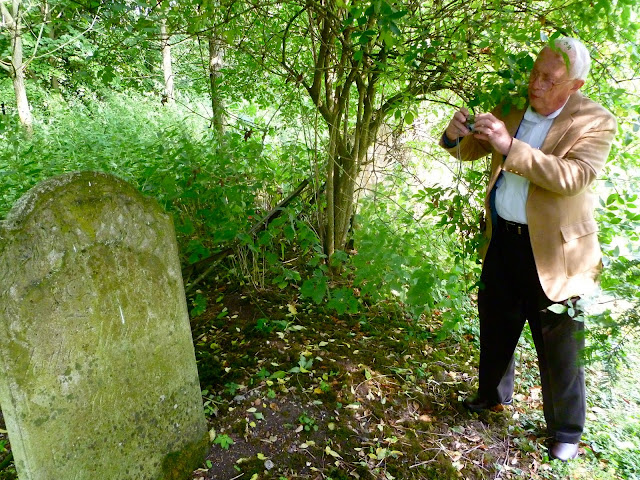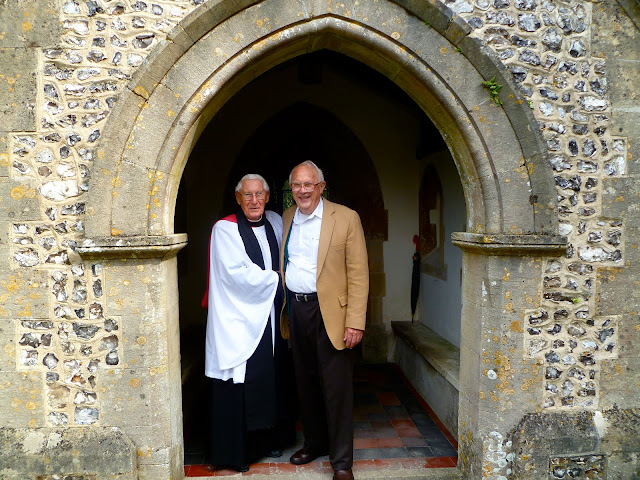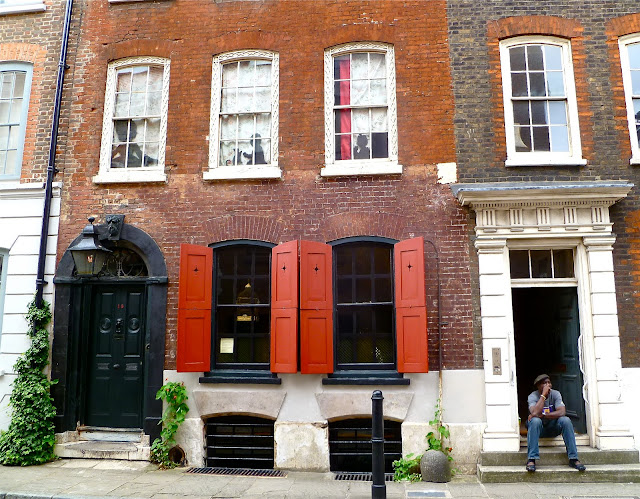 |
| Leonard Cohen at St Margarethen I first heard Leonard Cohen when he was playing his songs on a beach in the South of France in 1964. Ever since he has been the most interesting and influential of singers and songwriters to me and many of my generation. |
Incredibly after almost 50 years, his career now appears to be at its height. From 2008 onwards, he has undertaken on an almost non-stop concert tour of the world. He's now 75) He's singing in Sydney in November and will give a final concert in Las Vegas in December (he has avoided singing in the USA until now).
So powerful are his concerts that when the tour arrived in New Zealand in January 2009, Simon Sweetman wrote in The Dominion Post "It is hard work having to put this concert into words so I'll just say something I have never said in a review before and will never say again: this was the best show I have ever seen."
His has also been voted the best performance of everyone who has headlined at Glastonbury.
His tour repertoire is roughly the same at each performance and has been beautifully captured in the DVD 'Live in London' recorded at the O2 in November 2008. When he appeared in the 2nd century Roman stone quarry amphitheatre at St Margarethen in Burgenland, on 5th September 2010, the concert was equally stunning, but the performance was the more remarkable in that the temperature that night was only 11C (see the scarf he is wearing in the photo above).
In addition to his songs, his stage performance is characterised by the reverence he shows for his fellow musicians, introducing each of them with gentle laudatory words and often kneeling before them as they perform solo riffs. They have been the same throughout his world tour - a backing trio of Sharon Robinson and Hattie and Charlie Webb, accompanied by Roscoe Beck (bass, vocals and musical director), Neil Larsen (keyboards & Hammond B3 accordion), Bob Metzger (electric, acoustic & pedal steel guitar), Javier Mas from Barcelona (bandurria, laud, archilaud, 12 string acoustic guitar), Rafael Gayol (drums, percussion) and Dino Soldo (sax, clarinet dobro – keys) all of who are nothing less than the finest virtuoso musicians in their own right. It says much for his personality and character that the entire group has travelled the world playing countless concerts with him for over two years. If you can't now get to one of his final concerts, do order the DVD.
Click here for a recent New York Times article
Postscript: Following his death in November 2016, there has been an outpouring of love and appreciation for his unique talent. Some wonderful eulogies have been written, this one in The Big Issue:
"There are people, a small number of people, who are navigators. They see things, plot the course, and we hitch up behind them. The very best of these people are with us on lifelong trips. They find ways to communicate in ways that the rest of us can't. They are associated with certain memories that are buried deep and hardwired. The great ones, like Leonard Cohen, are also very funny. Without a sense of humour, whether it lands darkly or in crapfalls, we really are lost. The sadness felt at someone like Leonard Cohen dying is really a complex thing. A permanence eroded, the world feeling a little darker, intelligence dimmed. And I have yet to find a Cohen fan that I didn't like.' Paul McNamee.











